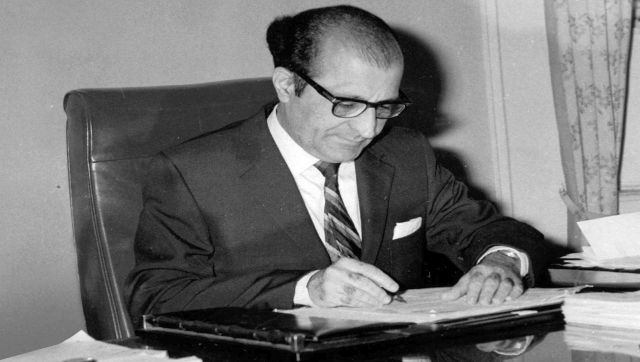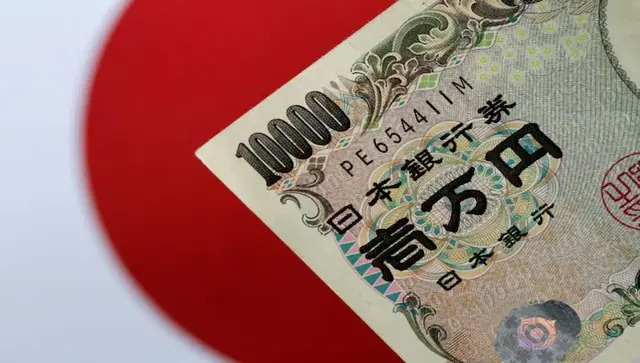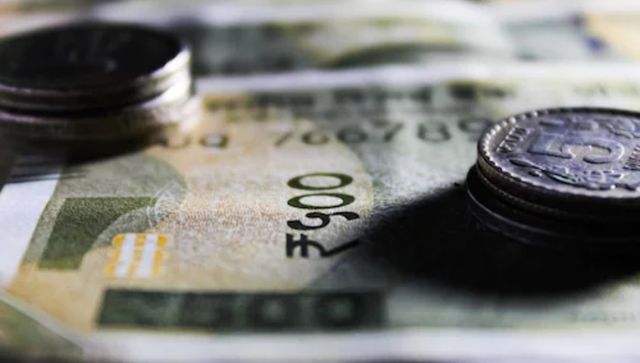The optics from the Union budget 2012-13 are positive for markets with higher growth, lower inflation and lower fiscal and current account deficits. GDP growth is estimated at 7.6 percent for 2012-13 against 6.9 percent for 2011-12.
Inflation, expected at 6.5 percent for 2012-13, is below the average of 9.1 percent seen in 2011- 12. Fiscal deficit is pegged at 5.1 percent of GDP, down from 5.9 percent, while the current account deficit (overseas earnings less expenses) is estimated to come in below 3.6 percent of GDP seen in 2012-13.
Indian equities, bonds and currencies should react positively to the budget expectations in theory. However, the fact that the government has overshot its 2011-12 budget targets by a wide margin will make the markets circumspect on the latest forecasts of the finance minister.
GDP growth came off from forecast levels of 9 percent last year, while fiscal deficit was higher by 1.3 percent against budget estimates for 2011-12. Current account deficit was a percentage point higher while inflation trended much higher than expectations in fiscal 2011-12. Markets are unlikely to move on the back of projections of the union budget 2012-13.
The outlook for equity and currency markets will depend on whether there is continued risk appetite amongst global investors leading to foreign institutional investor (FII) flows continuing their positive trend seen in calendar year 2012. FIIs have pumped in over US$ 7 billion into Indian equities in the calendar year to date and, given the liquidity unleashed by central banks across the world, indications are that the flows will continue.
The ECB (European central Bank) has pumped in over euro 1 trillion into the system through LTRO (Long Term Refinancing Operations) while the US Fed has pledged to keep policy accommodative well into 2014.
The Indian rupee (INR) is down by over 12 percent in fiscal 2011-12 largely on the back of FII flows turning negative and the current account deficit rising by over 1 percent on the back of the trade deficit going up by US$ 70 billion over levels seen in 2011-12.
The INR has rallied from highs of Rs 54 to the US$ seen in late 2011 on the back of RBI selling US$ 20 billion and on the back of positive portfolio flows seen in calendar 2012. The INR is likely to trend positively in 2012, but is unlikely to see the highs of 2011 as the US$ will show strength on an improving US economy. The US economy has added 1.2 million jobs in the last six months and this is leading to a more positive outlook on the US economy.
Government bonds have reacted negatively to the higher-than-expected government borrowing with 10-year bond yields trending higher by 10 basis points (100 basis points make 1 percent), post budget. The gross borrowing of the government is pegged at Rs 5,69,000 crore, higher than market expectations of around Rs 5,50,000 crore.
Bond yields will look at the RBI policy actions and liquidity conditions for direction. The RBI has indicated that it will lower policy rates in fiscal 2012-13 while liquidity conditions will improve in April once fiscal year-end pressures ease and the cash reserve ratio (CRR) cut of 125 bps helps liquidity by releasing Rs 80,000 crore into the system.
The bond markets will look at a packed auction calendar starting April 2012 and that will deter yields from trending down initially, but as liquidity eases and the RBI cuts the repo rate and bond yields will trend down.
Arjun Parthasarathy is the Editor of www.investorsareidiots.com , a website for investors.


)




)
)
)
)
)
)
)
)